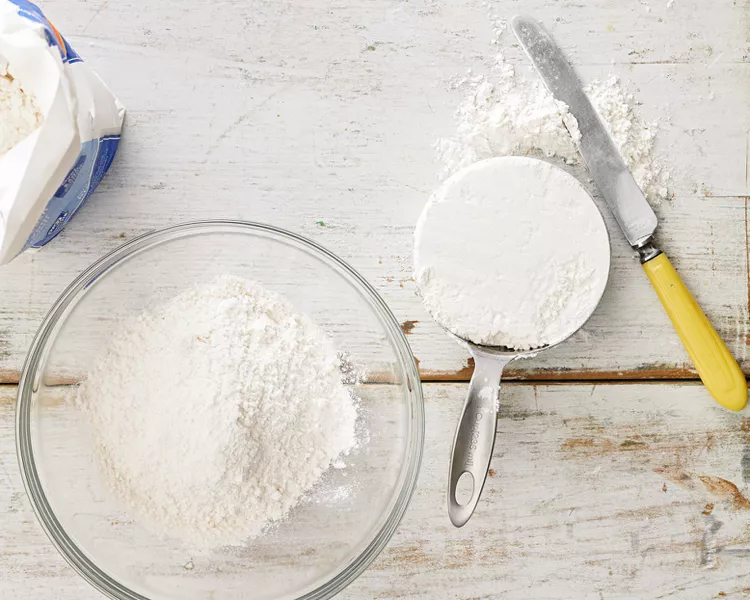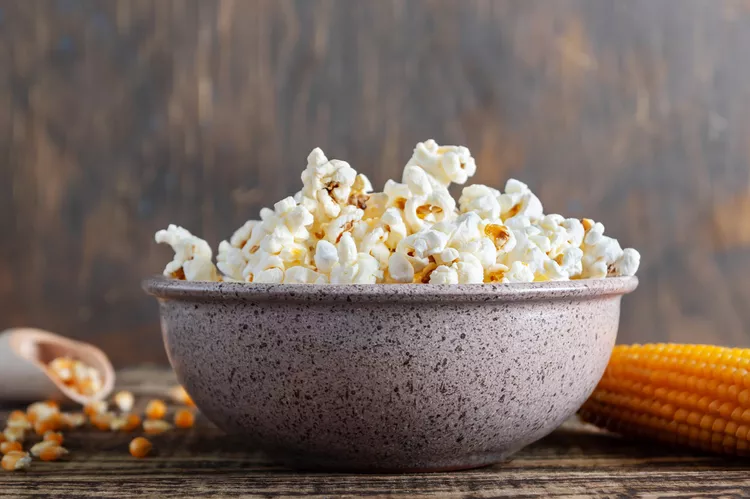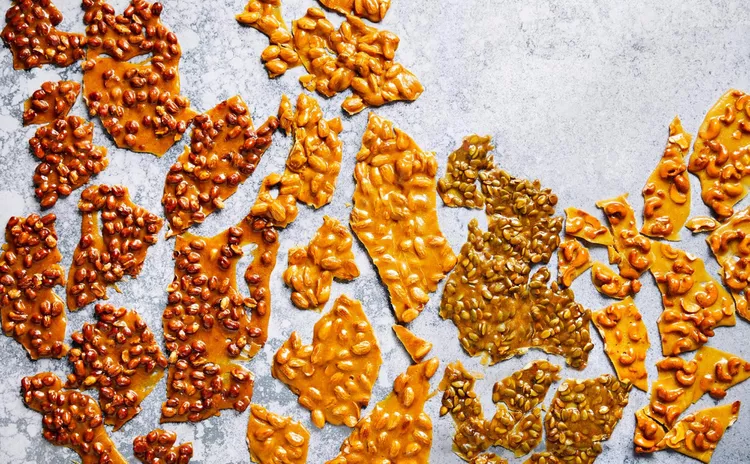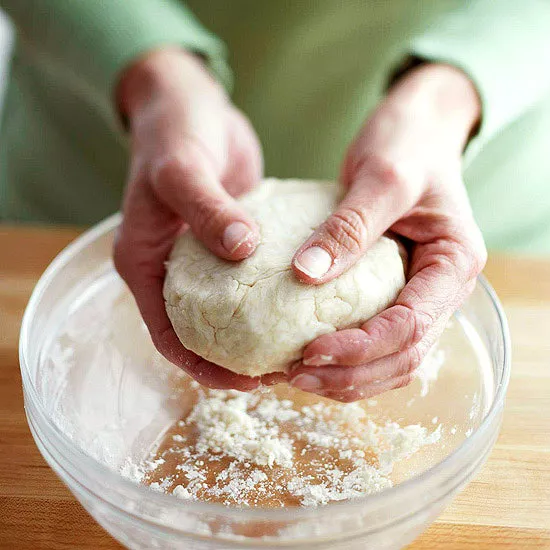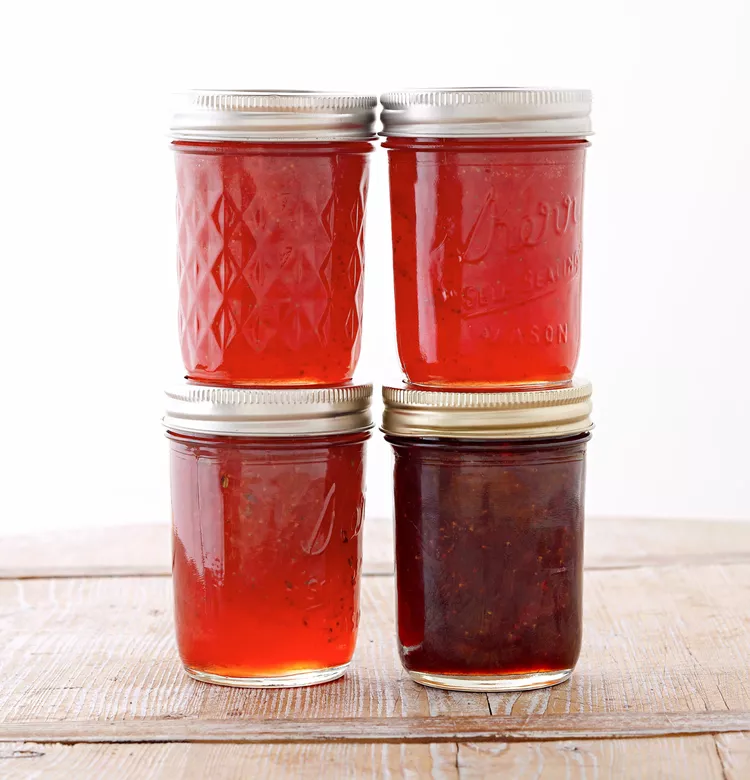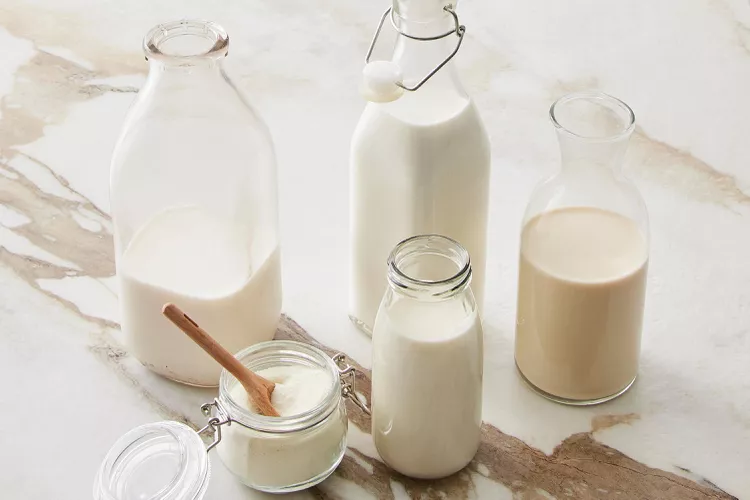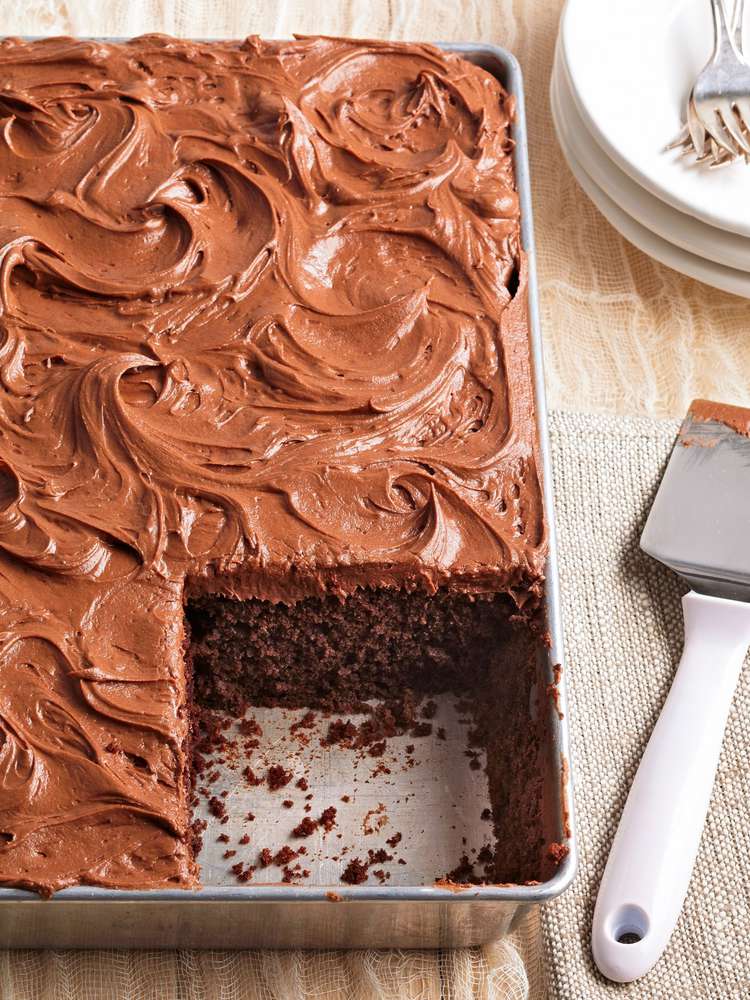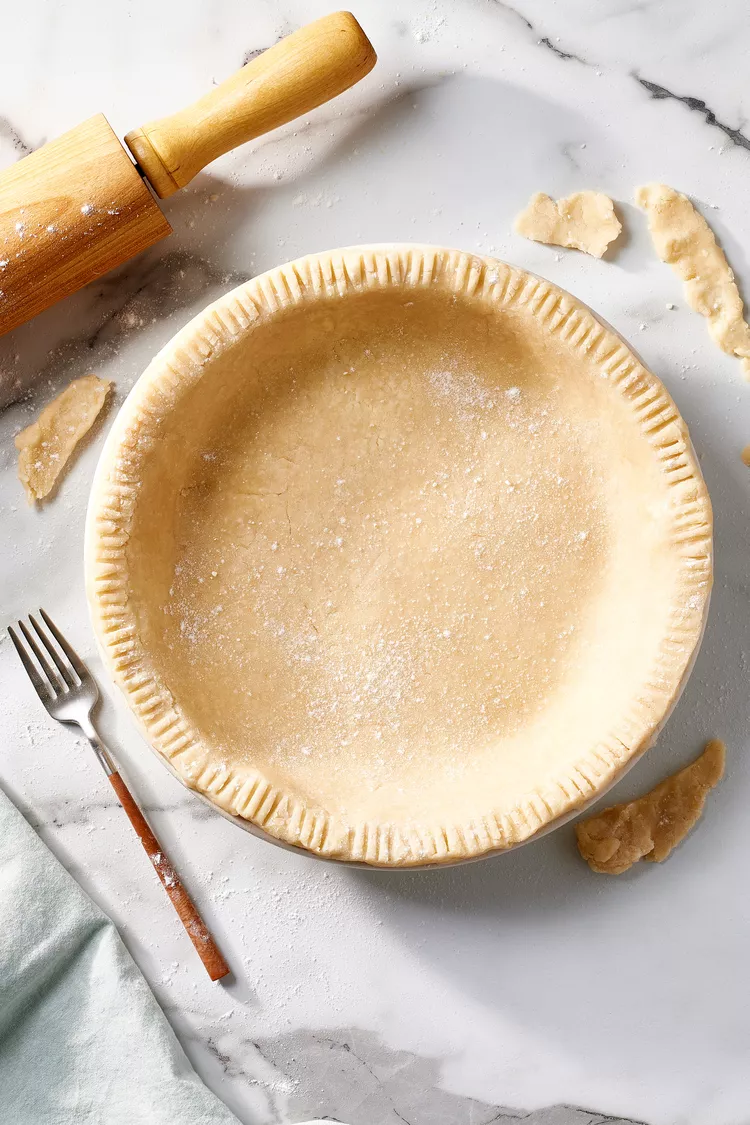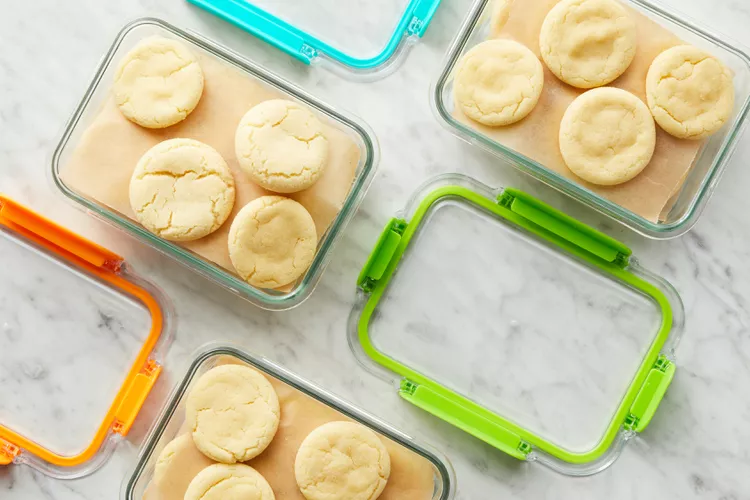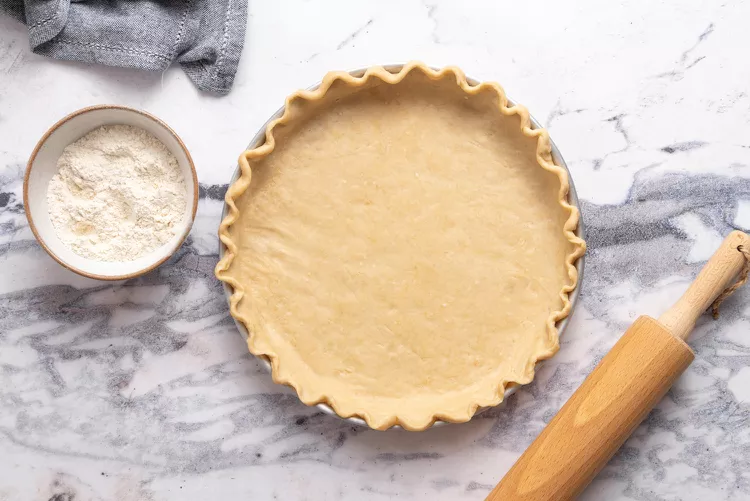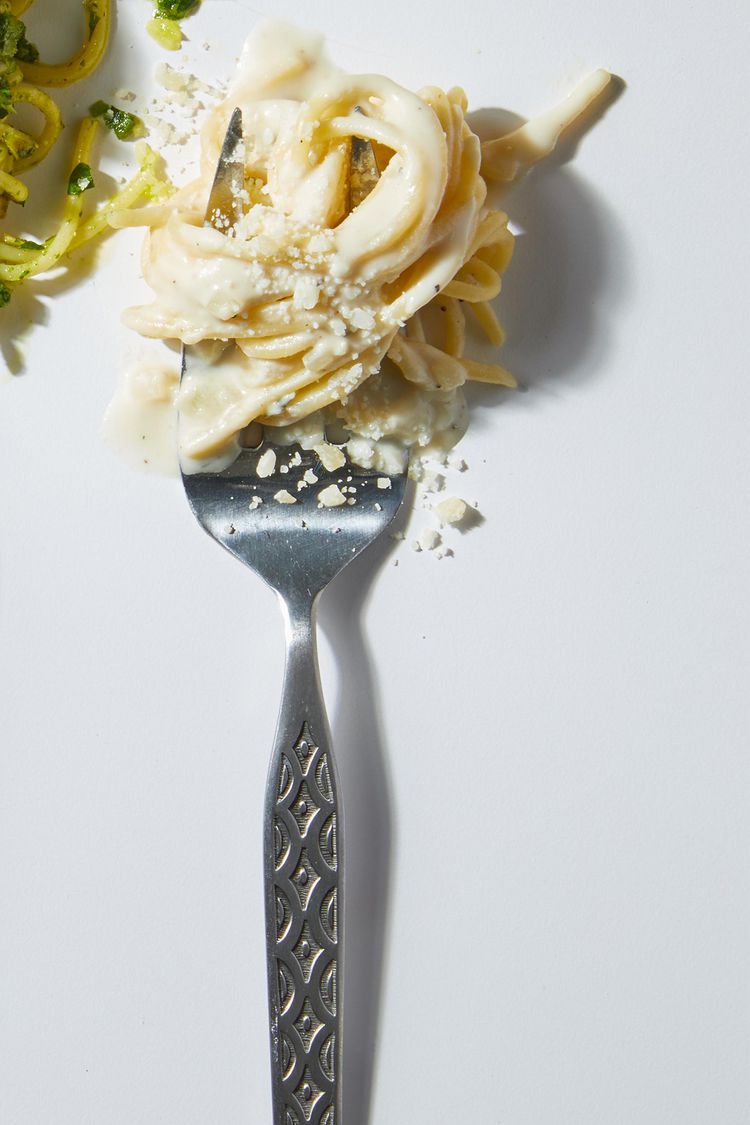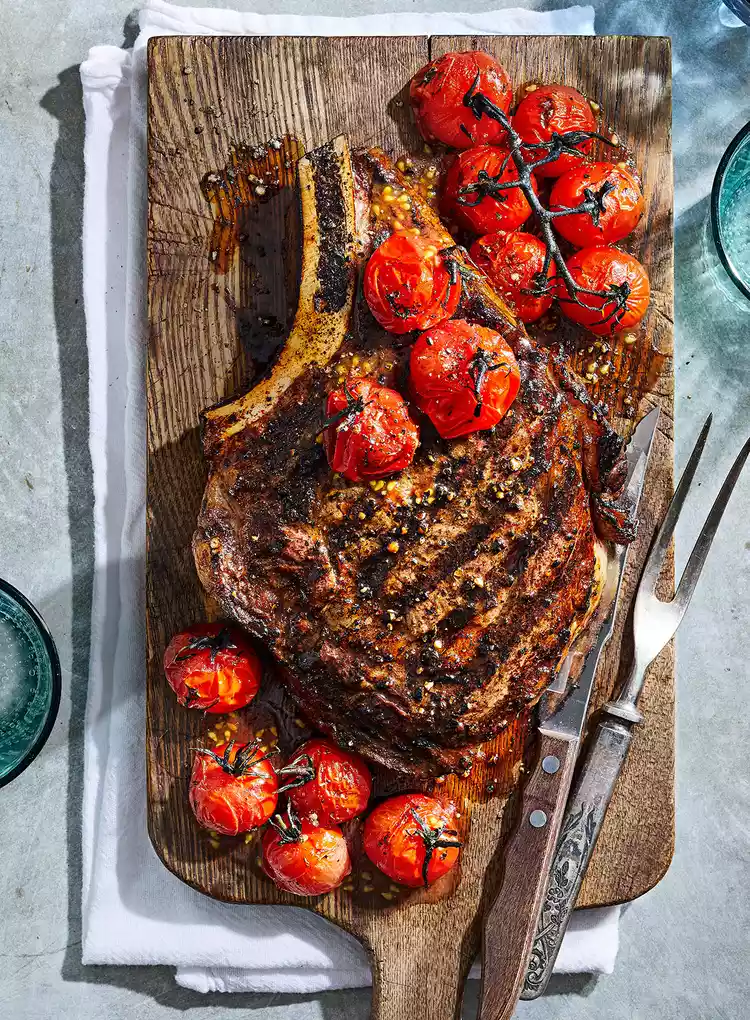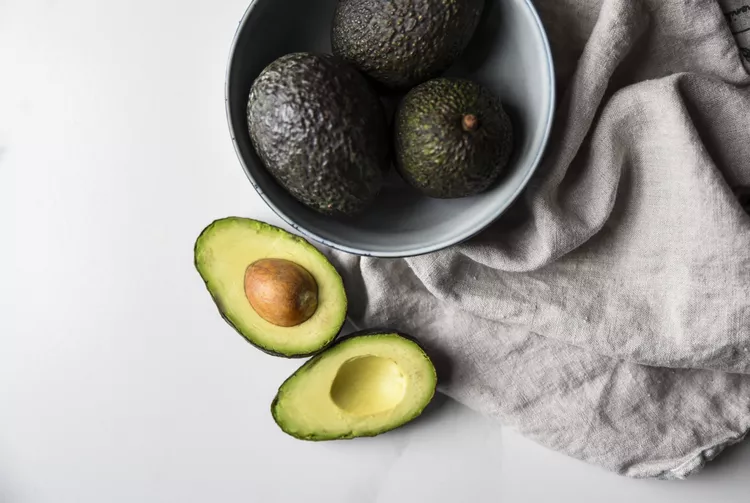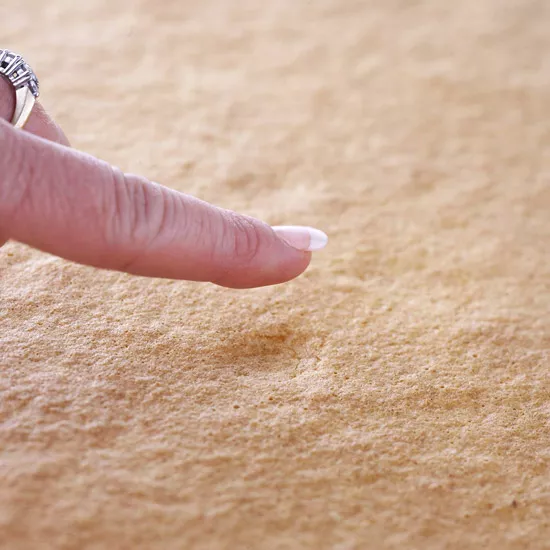Should You Sift Flour for Cookies?
When it comes to baking cookies, you might wonder if sifting the flour is a necessary step. The answer depends on the type of cookie you're making. Sifting flour is particularly beneficial for delicate cookies that require a light, fluffy texture, such as angel food cakes, sponge cakes, and chiffon cakes. However, for chewy or crisp cookies, sifting isn't always required.
Sifting flour through a sieve or sifter helps to break up any lumps and aerates the ingredients, which can enhance the texture of your baked goods. Historically, sifting flour also helped ensure more accurate measurements, as it prevented clumping. However, with advancements in flour production, most commercial flours are now labeled as "presifted," meaning they're already free of clumps and inconsistencies in size. This applies to all types of flour, including all-purpose, whole-wheat, gluten-free, and more.
Is Sifting Flour Necessary for Cookies?
Fortunately, our Test Kitchen advises that sifting flour isn't a mandatory step when making cookies. The commercial production of flour ensures that the flour is of consistent quality, making it unnecessary to sift it before use. However, it's crucial to accurately measure flour for the best results. Always use your trusty nested dry measuring cups to measure flour, as this method provides the most precise measurement. Using a liquid measuring cup for flour can lead to inaccuracies, potentially resulting in a dense cookie due to too much flour.
Accurate Measurement of Flour
Our Test Kitchen emphasizes that accurate measurement is key to successful cookie baking. To ensure your cookies turn out perfectly every time, follow our best tips for measuring ingredients correctly. This includes using the right measuring cups for flour and other dry ingredients to avoid any discrepancies in your recipes.
